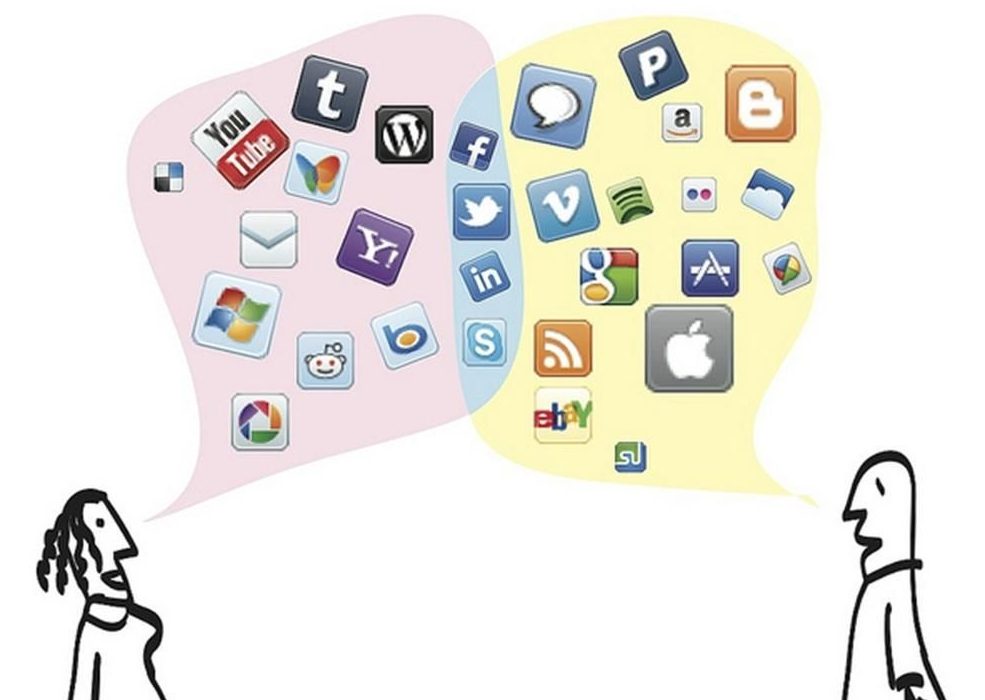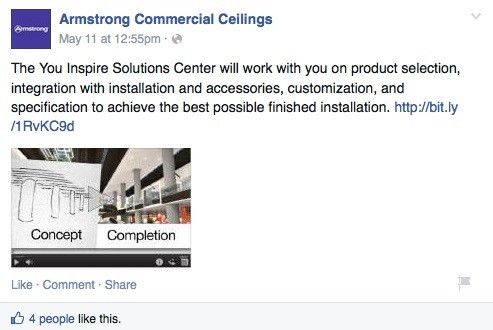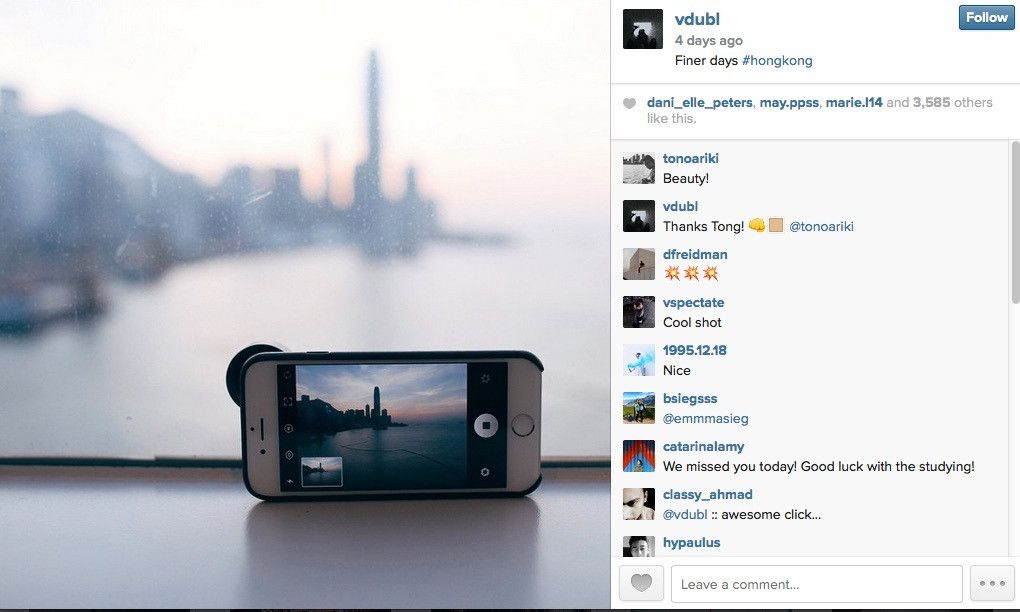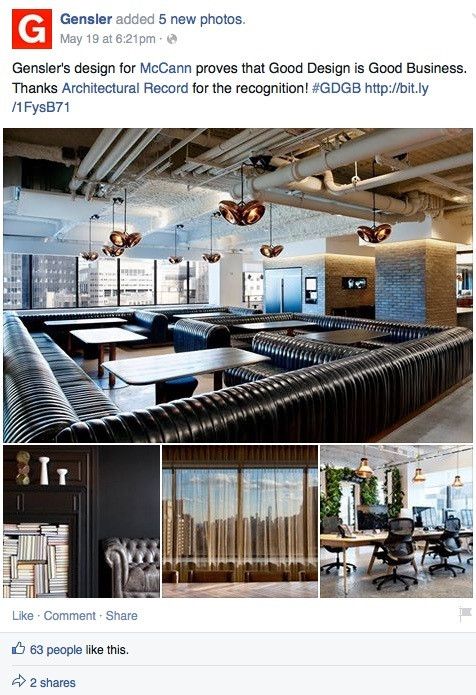In the last five years, we have experienced a boom in social media as a means of sharing and exchanging ideas using textual, auditory, or visual information. This has permeated across disciplines and the lives of many and has changed the way we communicate with the world. Among other disciplines this has also affected the way an architect communicates with the world, to keep up with the growing needs of communication through social media platforms. Architects have been using more social media and creating amazing websites to promote their architecture. Rob Kitchin and Martin Dodge talk in-depth about how our space is created through software and media elements in ‘Code / Space: Software and Everyday Life.
Explained through everyday experiences, their theory explores the inter-relationship between software, space, and everyday life. An architect has the ability to freely manifest ideas through social media and as mobile technology has become commonplace, a multiple platform approach has enabled a network of millions to connect with each other globally at the touch of a button. The power of social media in business is no longer debated and is a tool that naturally lends itself to the role of the architect.
Social media promotes dialogue with other professionals and among many communication platforms used daily, the popular ones are Twitter, Facebook, LinkedIn, YouTube, Pinterest, Instagram, Google+, Reddit, which offer different ways of communication and showcasing opportunities reaching a diverse global audience. As the largest social networking service, Facebook alone has 1.28 billion users and Swiss practice Herzog & de Meuron are a favorite with 178,000 followers. Founding architect of BIG, Bjarke Ingels has an impressive 33,000 followers on his Instagram. Photos are posted of not only the latest architectural interests but also of personal highlights throughout the week – perhaps with the aim to better relate to the general public.
What do architects look for on social media?
Connecting creative professionals with shared interests can provide insight into worldwide trends, developments in architecture, and the opportunity to gather valuable research. While some of the celebrity architects prefer to avoid social media appearances, there are many who exploit it to connect to their audiences, share their thought processes, or engage in collective interdisciplinary discussions. Social media also provides a forum for academic debate among individuals with a passion for the built environment and an insight into creative thinking processes. It has the capacity to become an intrinsic part of the design process as well as studio activities.
Social media creates an entire network of interactions and its transference into physical reality can be seen, for instance, there is ‘Invisible Cities’, an application developed by Schema design in which geo-mapping of online activities and tweets become visible through point by point 3D visual representation, creating new possibilities for architecture to view the surrounding environment as an informational landscape, a virtual architecture per se.
How do architects impact society?
It is up to architects to reinterpret and make full use of the available media tools in order to create our future cities in concordance with the emerging virtual reality. How people interact with their surroundings online and offline, is going to be as important in the future as it is essential for successful businesses to have a website today. We have reached a point where social media has the ability to change the functionality of a space instantly – a café can turn into an office with the simple act of opening a laptop, connecting to the internet, and communicating with the clients, for example.
As with many aspects of technology, caution must also be exerted in the use of social media. Firms may be poorly represented, the reality of images over-exaggerated, and mistakes made in a very public manner which could be damaging. Balance must also be exercised between the amount of time spent on social media opportunities and other aspects of the architect’s work.
Maintaining an online presence requires regular updates and posted material may be announced, praised, or criticized in a matter of minutes while the public watches intently. We are coming to a point where to correctly and responsibly make use of all online media resources, a ‘Schematic Blueprint’ will be required. As an example of how this could be achieved, Andrew Hawkins of Hawkins Architecture organizes the uses and goals of some platforms and divides them into several main categories.
In this rapidly developing digital environment, advancements in the area of digital applications are being made, in particular, an augmented reality app which is being tested on MVRDV’s Markthal Rotterdam opened in October this year.
The Netherlands Architecture Institute has developed an application, named SARA, wherein a mobile phone is used to scan a building giving instant access to a 3D model with layers of building development and its architect’s entire digital presence online. This application is significant in transforming the way users connect with their built environment.
Datagrove, a media installation by Future cities lab explores how online activities can mirror a material level, which can then actively transform characteristics of our surroundings and social relations within society.
With the physical and audible representation of the invisible social media, Datagrove broadcasts trending phrases from the nearby environments and creates a space for the public to discuss, laugh, and debate as they gather in a small shelter for contemplation and exchanging of data.
While the structure maintains a visual appeal, authors communicate metaphorical online activity into a ‘physical’ cloud in reality through various spheres of light and sound, bringing varying thoughts of the users together.







